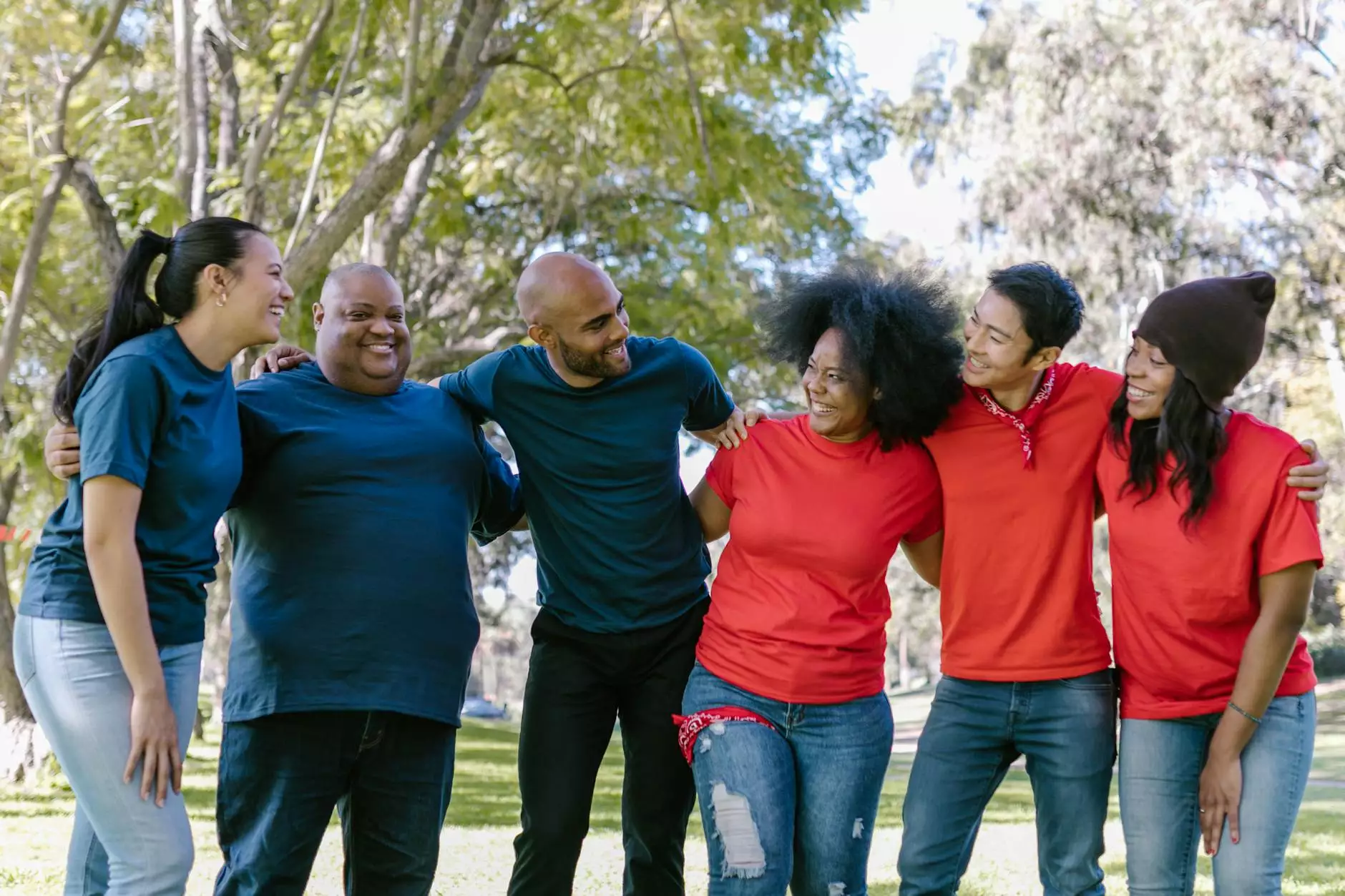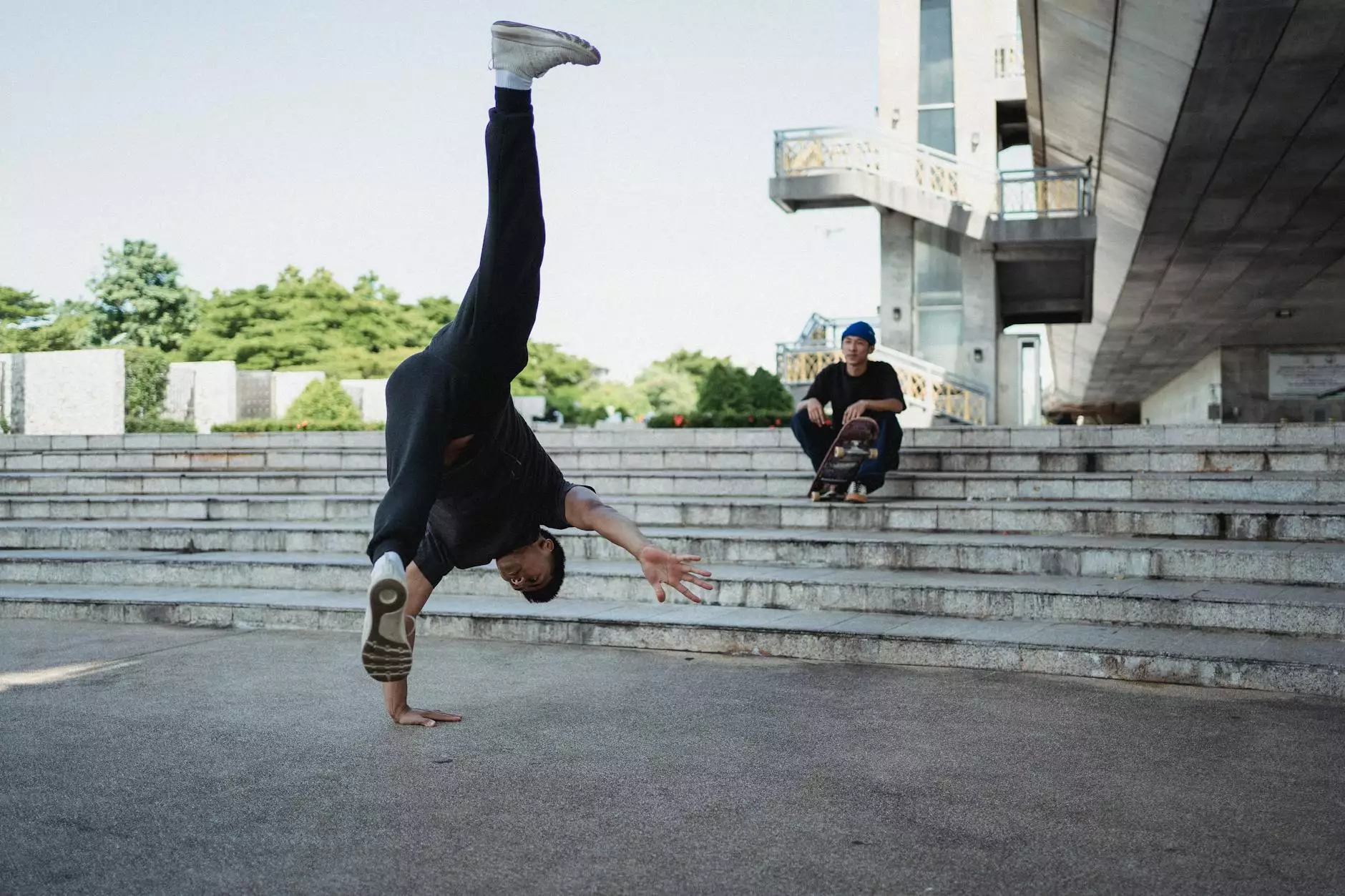Exploring the Depths of 21st Century Classical Music

The dawn of the 21st century has heralded vibrant changes across all facets of cultural expression, particularly in the realm of classical music. This article aims to provide a comprehensive overview of the evolution, prominent figures, and distinctive characteristics of 21st century classical music, along with its profound impact on the global music landscape.
The Evolution of Classical Music into the 21st Century
As we transitioned from the 20th to the 21st century, classical music underwent a significant transformation. The influence of modern technology, globalization, and the evolving tastes of audiences catalyzed a revolution in how classical music is composed, performed, and perceived.
Breaking Free from Tradition
The traditional constraints that once defined classical music have started to dissolve. Composers now draw inspiration from a myriad of sources, leading to the emergence of unique styles and forms. This hybridization allows for an exciting blend of genres, such as electronic music, jazz, and even world music harmonies within classical compositions.
The Role of Technology
In the 21st century, technology plays an integral role in the creation and dissemination of music. Composers are utilizing software and digital instruments to craft intricate soundscapes that were once impossible to produce. Additionally, the rise of streaming platforms has revolutionized how audiences access and engage with classical music. Platforms like Spotify and Apple Music allow for the exploration of classical music like never before.
Notable Composers of the 21st Century
Numerous talented composers have emerged in the 21st century, each leaving an indelible mark on the classical music scene. Below are some of the most influential figures who are redefining the genre.
John Adams
John Adams stands as one of the most prominent American composers of our time. His work often reflects contemporary themes and intertwines with social and political issues. Adams is renowned for operas like “Nixon in China” and orchestral works such as “The Wound-Dresser.” His unique approach often combines minimalist elements with expansive, dramatic narratives.
Kaija Saariaho
Finland's Kaija Saariaho is celebrated for her innovative use of sound and texture. Works like "L'amour de loin" exemplify her ability to merge acoustic and electronic elements, creating ethereal sound worlds. Her music often explores themes of nature, emotion, and human experience, making her a significant figure in contemporary classical music.
Thomas Adès
Thomas Adès is a British composer, conductor, and pianist known for his eclectic style. His operas such as "Powder Her Face" and orchestral pieces demonstrate a mastery of rhythm and complex harmonies. Adès often plays with traditional forms, bringing a modern flare that challenges the conventional boundaries of classical music.
Characteristics of 21st Century Classical Music
What sets 21st century classical music apart from its predecessors are distinct characteristics that reflect contemporary values and aspirations:
Diversity of Style
Today’s classical compositions draw inspiration from diverse musical styles and traditions. This inclusivity has resulted in a rich tapestry of sounds that reflect the multicultural fabric of our society. Composers frequently incorporate elements from jazz, folk, rock, and even non-Western music forms.
Collaborative Projects
Another significant trend within 21st century classical music is collaboration. Contemporary composers often work alongside artists from different disciplines, including choreographers, visual artists, and playwrights. These cross-genre collaborations yield fascinating works that engage audiences on multiple sensory levels.
Emphasis on Human Experience
Many contemporary classical pieces focus on the human experience, exploring themes of identity, love, loss, and the passage of time. These works resonate deeply with audiences, inviting them to reflect on their own lives and the world around them.
The Impact of Globalization on Classical Music
The impact of globalization on 21st century classical music cannot be overstated. As cultural boundaries blur, composers and musicians find inspiration in global influences, enriching the classical canon. This cultural exchange fosters innovation and expands the repertoire available to performers and audiences alike.
Fusion of Cultures
Many contemporary composers actively experiment with blending musical traditions from different cultures. This fusion is evident in works that incorporate ethnic instruments, rhythms, and scales, creating a global palette of sound. For example, American composer Gabriela Lena Frank emphasizes her Peruvian heritage in her compositions, weaving traditional melodies with modern techniques.
Access to Diverse Audiences
The internet has also democratized the way audiences access music. Online platforms allow listeners from diverse backgrounds to discover and appreciate 21st century classical music. Social media plays a crucial role in promoting new works and connecting artists with global audiences, ultimately leading to a broader appreciation of the genre.
Performing Practices in Modern Classical Music
The performance practice of classical music has evolved considerably over the years. In the 21st century, performers are not just interpreters; they are co-creators who breathe life into compositions.
Interactivity and Audience Engagement
Many contemporary concerts embrace an interactive format, encouraging audience participation. This trend is particularly effective in making classical music more relatable and engaging. Some performances involve multimedia elements, such as video projections or installations, enhancing the overall experience and fostering a deeper connection with the audience.
The Rise of New Ensembles
In addition to traditional orchestras, the rise of new music ensembles dedicated to performing contemporary works is shaping the future of classical music. Groups like Bang on a Can All-Stars and Alarm Will Sound focus specifically on modern compositions, expanding the repertoire and attracting a new generation of listeners.
Essential Works to Explore in 21st Century Classical Music
To truly appreciate the breadth and depth of 21st century classical music, it’s vital to explore some of its essential works. Below are noteworthy compositions that exemplify the vibrancy of this genre:
"L'amour de loin" by Kaija Saariaho
This opera, which premiered in 2000, is a prime example of Saariaho's innovative approach. The work explores themes of longing and distance, enriched by ethereal soundscapes that draw listeners into a dreamlike experience.
"The Tempest" by Thomas Adès
Adès’ opera, based on Shakespeare's play, showcases his dynamic use of rhythm and complex harmonies, making it a must-listen for contemporary classical aficionados. The emotional depth and intricate interplay among characters convey a powerful narrative through music.
"Sila: The Breath of the World" by John Luther Adams
This immersive work, which combines elements of environmental sound with traditional orchestral formats, reflects Adams’ deep reverence for nature. The composition invites listeners to contemplate their relationship with the world around them.
Conclusion: The Future of 21st Century Classical Music
As we move deeper into the 21st century, the landscape of classical music continues to evolve, presenting exciting opportunities for composers, performers, and audiences alike. The diversity, collaborative spirit, and innovative spirit of modern classical music indicate a promising future where this genre remains relevant and continues to inspire.
Whether you are a lifelong classical music enthusiast or a newcomer exploring this rich world, the current developments in 21st century classical music are sure to provide an enriching and transformative experience. Stay connected with platforms like thesoundstew.com to discover more about this ever-evolving genre and its contribution to today’s cultural fabric.









